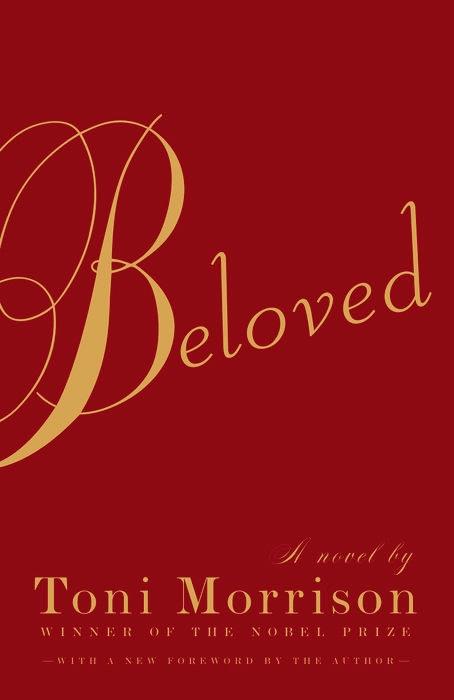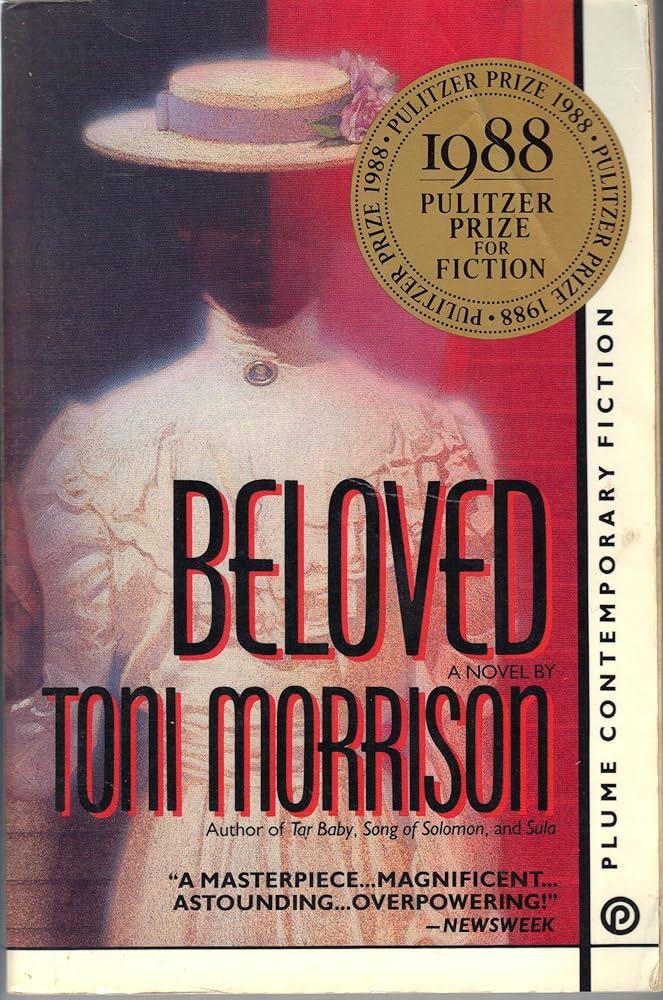Toni Morrison’s “Beloved,” a Pulitzer Prize-winning novel, has long been heralded as a seminal work in American literature, praised for its profound exploration of slavery’s enduring impact on the human psyche. However, as contemporary readers navigate an increasingly complex cultural landscape, questions arise about the novel’s unflinching portrayal of trauma and brutality. Is “Beloved” too harsh for today’s audiences, or does its raw depiction of historical atrocities serve as an essential reminder of the past? This article seeks to analytically examine the novel’s place in modern literary discourse, considering both its potential to unsettle readers and its critical role in fostering understanding and empathy. Through an exploration of its themes, narrative style, and reception over time, we aim to understand whether “Beloved” remains a vital piece of literature or if its stark realities prove too challenging for contemporary sensibilities.
Evaluating the Historical Context and Themes in Beloved
Beloved, written by Toni Morrison, is deeply rooted in the historical context of post-Civil War America, drawing upon the traumatic legacy of slavery. The novel captures the haunting aftermath of the Fugitive Slave Act and the painful journey toward freedom, both physically and psychologically. Morrison’s narrative is woven with elements that explore the psychological scars of slavery, using magical realism to highlight the pervasive and lingering impact of this dark chapter in American history. The brutality depicted in the book serves as a mirror to the real horrors experienced by countless individuals, offering readers a profound understanding of the systemic oppression that shaped generations.
- Memory and Trauma: The novel explores how past traumas continue to affect the present, manifesting in haunting and visceral ways.
- Motherhood: Morrison delves into the complexities of motherhood under the conditions of slavery, presenting it as both a source of strength and an avenue for profound suffering.
- Identity and Self: Characters grapple with their sense of self in the face of dehumanizing forces, striving for a reclamation of identity.
The exploration of these themes requires readers to confront uncomfortable truths about history and humanity. While the book’s raw depiction of violence may seem intense for contemporary audiences, it serves as a crucial reminder of the past’s realities, urging readers to reflect on the enduring impact of slavery’s legacy.

Understanding Reader Sensitivities and Triggers in Modern Times
In the evolving landscape of literature, understanding the nuances of reader sensitivities and potential triggers has become paramount. As society progresses, the awareness of themes that might evoke strong emotional reactions has heightened, prompting discussions about whether certain classic works, like Toni Morrison’s Beloved, might be too intense for today’s audience. This Pulitzer Prize-winning novel delves into the harrowing experiences of slavery, presenting raw and unfiltered narratives that may challenge the emotional resilience of contemporary readers.
Modern readers are increasingly seeking content warnings and are more attuned to the psychological impact of difficult themes. Key considerations include:
- Historical Context: Understanding the time period and circumstances in which the book was written.
- Cultural Sensitivity: Acknowledging diverse backgrounds and how certain themes might resonate differently.
- Emotional Impact: Recognizing the potential for distress and the need for mental preparedness.
By navigating these aspects thoughtfully, readers and educators can foster a deeper comprehension of the text while respecting individual boundaries. Balancing the educational value of such literature with the need for emotional safety remains a dynamic and ongoing dialogue.

Balancing Artistic Merit with Contemporary Cultural Awareness
In the ever-evolving landscape of literature, the intricate dance between artistic expression and cultural sensitivity becomes increasingly significant. When evaluating works like Toni Morrison’s “Beloved,” one must consider both the historical context in which it was written and the contemporary lens through which it is viewed. The novel’s vivid portrayal of slavery and its aftermath serves as a powerful narrative that captures the brutal realities of a painful chapter in history. However, as society becomes more attuned to issues of trauma and representation, questions arise about how such narratives should be approached in today’s cultural climate.
To navigate this complex intersection, several factors need to be considered:
- The intention behind the work and its contribution to the discourse on race and history.
- The potential impact on readers, particularly those who may find the graphic depictions distressing.
- The role of literature in fostering understanding and empathy, balanced against the need to protect individuals from harm.
Ultimately, the challenge lies in honoring the artistic integrity of the work while ensuring that it is engaged with thoughtfully and responsibly in educational and public spheres.
Recommendations for Educators and Book Clubs Approaching Beloved
When introducing Toni Morrison’s Beloved to both educators and book clubs, it’s crucial to approach the novel with sensitivity and preparedness due to its intense themes. Educators should consider creating a framework for discussion that acknowledges the historical and cultural context of the narrative. This can be achieved by:
- Providing historical background on slavery and its aftermath in America.
- Encouraging students to explore Morrison’s use of magical realism as a narrative device.
- Facilitating discussions on trauma and its representation in literature.
Book clubs, on the other hand, might benefit from a more personal approach, allowing for individual reflection and shared insights. Members could:
- Share personal connections or feelings elicited by the novel.
- Engage in group activities that explore the symbolism within the text.
- Consider reading supplementary materials or critiques to deepen understanding.
Ultimately, both educators and book clubs should foster an environment where participants feel comfortable discussing the novel’s difficult themes, ensuring that the exploration of Beloved is both enlightening and respectful.
